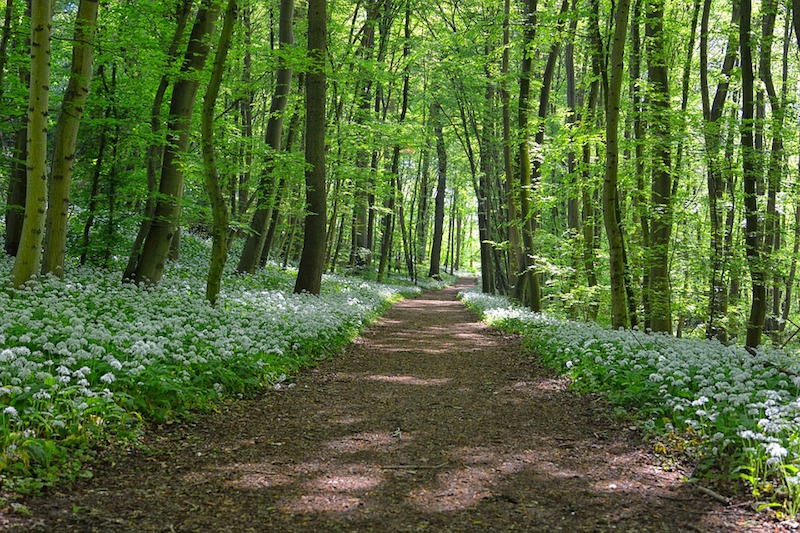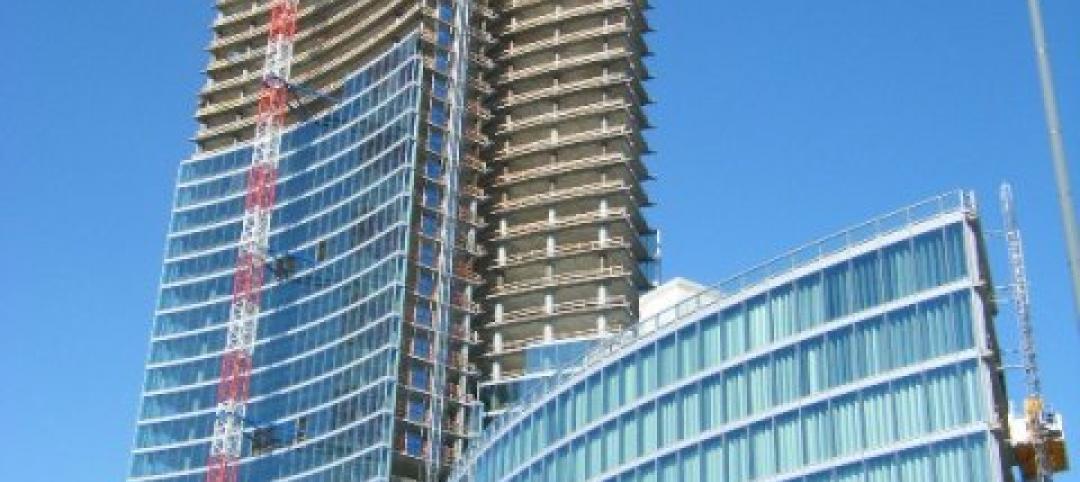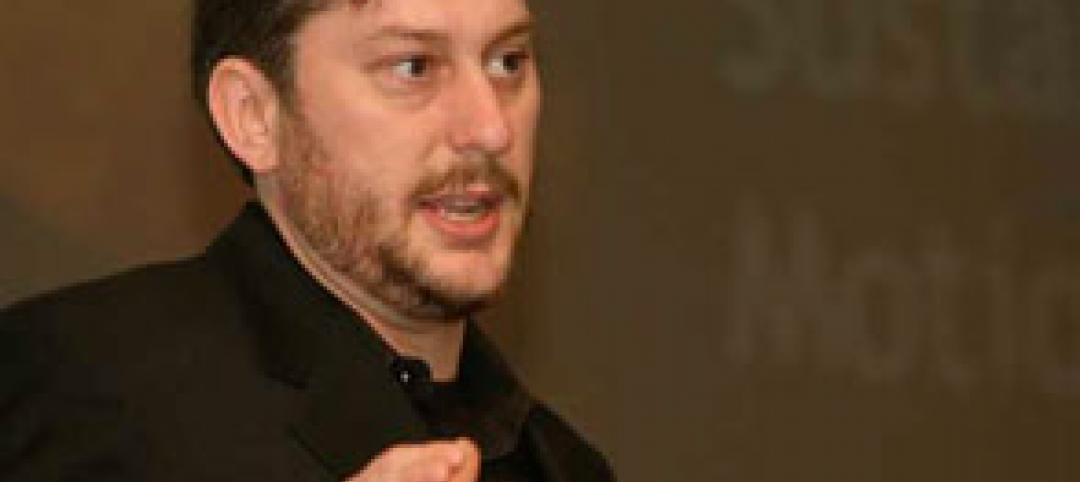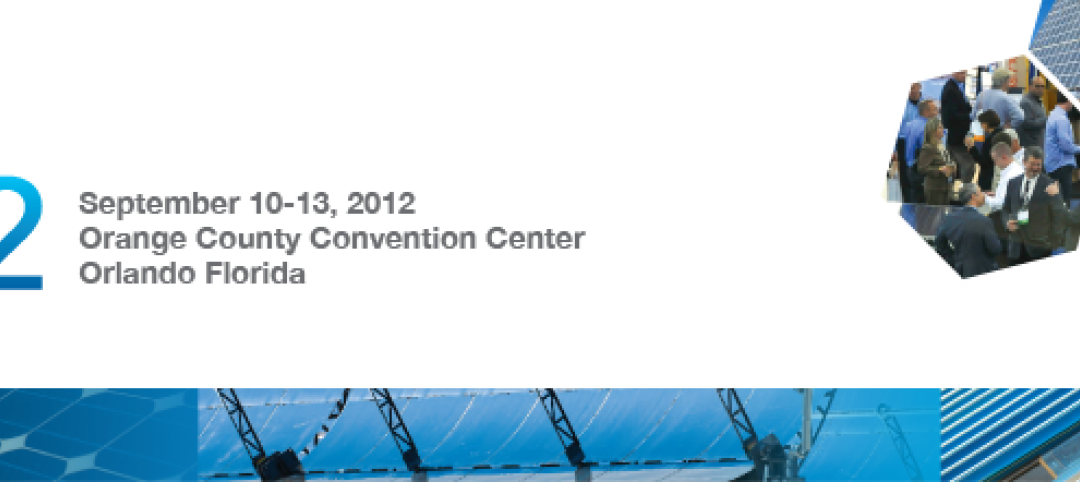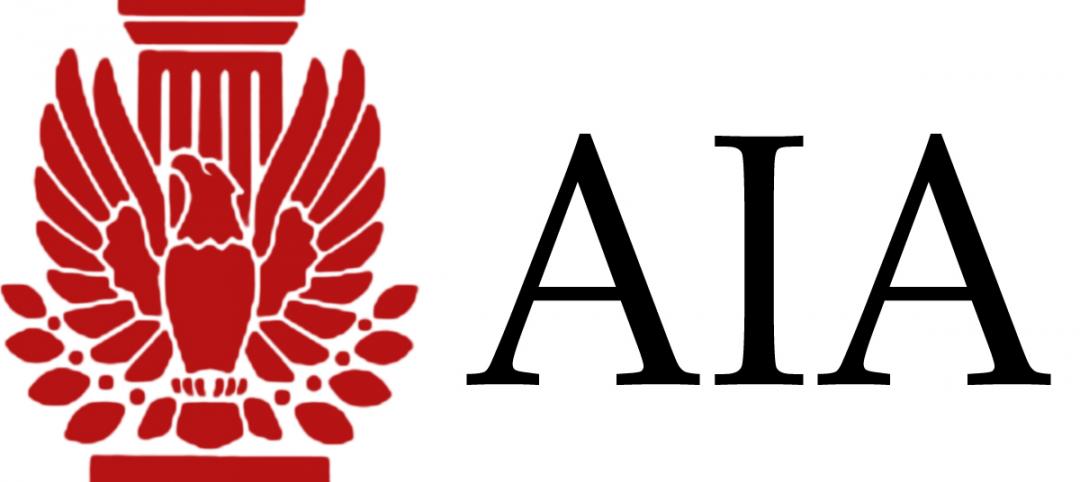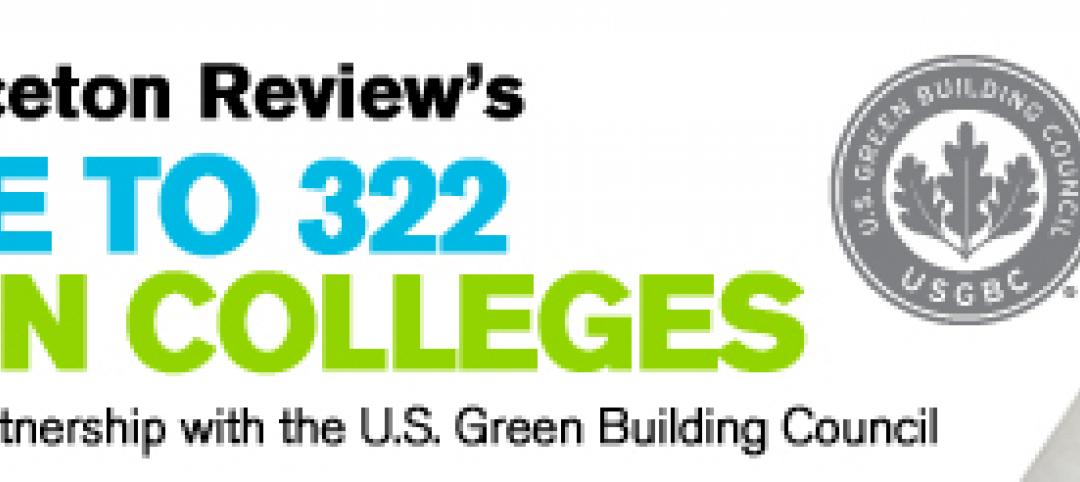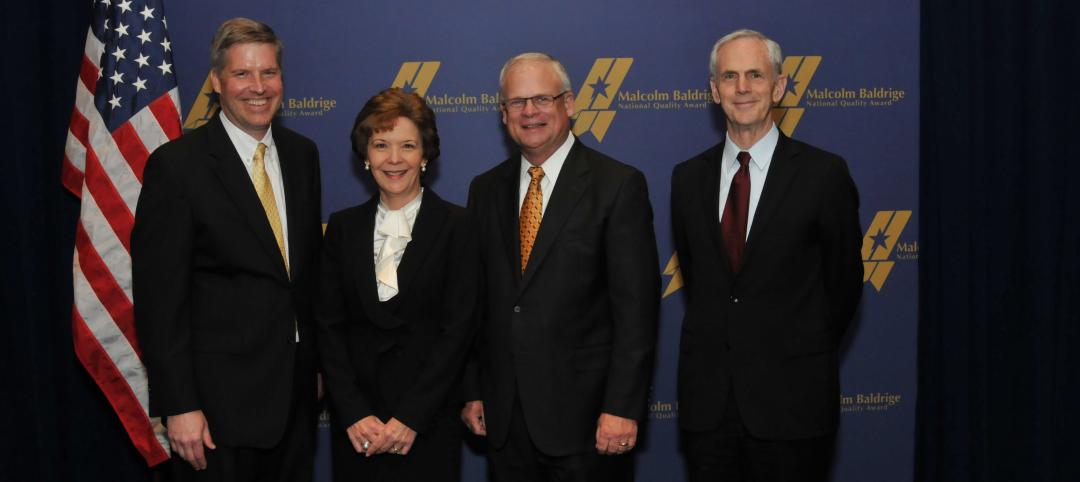Intuition tells us that views of and exposure to the outdoors are good for the human mental state. In recent years, a handful of scientific studies—most notably Heschong Mahone’s daylighting in schools research—has provided AEC teams with important data to back up design decisions around daylighting, views, biophilic design, and a stronger connection with nature.
As a result of these early studies—and our improved understanding of the human mind—building owners and real estate developers have invested considerably to inject nature into their building projects. From hospitals to schools to office buildings, nature has become big business in new construction and renovation work. Landscaped terraces, rooftop gardens, nature meditation rooms, living walls, healing gardens, on-site parks, walking paths, therapy gardens—these are de rigueur in the modern built environment.
But how much “nature” is needed on projects? Is more always better when it comes to these features and spaces? And what types of nature-inspired design elements are most effective? Considering that these components often require special maintenance procedures and staff and ongoing operational investment, it’s important to explore these questions.
New research from King’s College London, published in the peer-review journal BioScience, sheds some light on the subject. It also provides a method by which AEC teams can assess the effectiveness of nature-inspired features.
Using a custom smartphone app, Urban Mind, the research team monitored the momentary mental well-being of 108 city dwellers, who completed 3,013 “ecological momentary assessments” during a one-week period. Each participant was asked to complete seven assessments per day. Questions included: Are you indoors or outdoors? Can you see trees? Can you see the sky? Can you hear birds singing?
Among the findings: There is a “significant” lagging effect of nature on momentary mental well-being. That is, nature has a lasting positive effect on the mind.
How long exactly? It depends. The data shows, for example, that seeing trees and seeing the sky during an assessment had a statistically significant effect on momentary well-being in the next subsequent assessment, which took place an average of two hours and 25 minutes later. For those “feeling in contact with nature,” the positive mental well-being spike lingered as long as four hours and 50 minutes. Same for “hearing birds singing.” The lingering benefit of “seeing or hearing water” was not as statistically significant.
Obviously, more research is needed in this area, but the study’s basic conclusions could help AEC teams make better-informed decisions about nature-inspired design. For instance, can building design features amplify or extend this lagging positive effect? Is a three-acre healing garden overkill when one acre will do? Do we need more birds chirping inside buildings (please, no!)?
Related Stories
| Apr 25, 2012
J.C. Anderson selected for 50,000-sf build out at Chicago’s DePaul University
The build-out will consist of the construction of new offices, meeting rooms, video rooms and a state-of-the-art multi-tiered Trading Room.
| Apr 24, 2012
ULI Real Estate Consensus Forecast, projects improvements for the real estate industry through 2014
Survey is based on opinions from 38 of the nation’s leading real estate economists and analysts and suggests a marked increase in commercial real estate activity, with total transaction volume expected to rise from $250 billion in 2012 to $312 billion in 2014.
| Apr 24, 2012
McLennan named Ashoka Fellow
McLennan was recognized for his work on the Living Building Challenge.
| Apr 24, 2012
AECOM design and engineering team realizes NASA vision for Sustainability Base
LEED Platinum facility opens at NASA Ames Research Center at California’s Moffett Field.
| Apr 20, 2012
McCarthy completes Santa Barbara Cottage Hospital Replacement Facility
The new hospital’s architectural design combines traditional Santa Barbara Spanish colonial architecture with 21st century medical conveniences highlighted by a therapeutic and sustainable atmosphere.
| Apr 20, 2012
Registration open for Solar Power International 2012 in Orlando
President Bill Clinton to deliver keynote address at ?largest solar energy event in the Americas.
| Apr 18, 2012
Positive conditions persist for Architecture Billings Index
The AIA reported the March ABI score was 50.4, following a mark of 51.0 in February; greatest demand is for commercial building projects.
| Apr 17, 2012
Princeton Review releases “Guide to 322 Green Colleges”
The guide profiles 322 institutions of higher education in the U.S. and Canada that demonstrate notable commitments to sustainability in their academic offerings, campus infrastructure, activities and career preparation.
| Apr 17, 2012
FMI report examines federal construction trends
Given the rapid transformations occurring in the federal construction sector, FMI examines the key forces accelerating these changes, as well as their effect on the industry.
| Apr 17, 2012
Freese and Nichols awarded Malcolm Baldridge National Quality Award
Freese and Nichols is the only engineering and architecture firm to ever receive this recognition.


